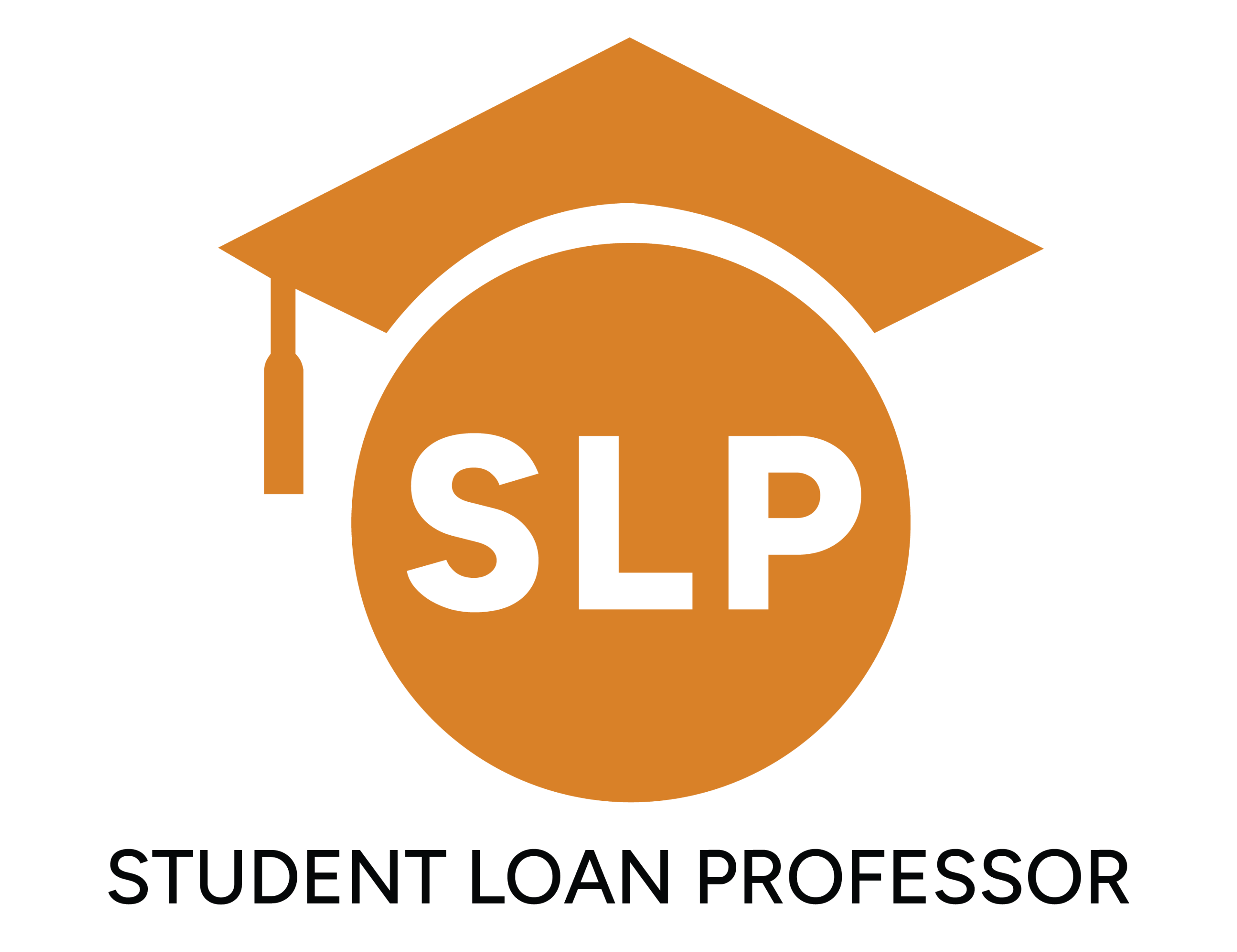Key Takeaways
- Discover Bank is no longer accepting new student loans, but your ability to refinance existing loans remains unaffected.
- You benefit from refinancing if your interest rate is over 8%.
- Most lenders will require a credit score of at least 700 to consider you eligible for refinancing.
Discover Bank’s recent sale of its student loan portfolio to Nelnet, Inc., does not impact your ability to refinance your private student loans.
In fact, if you’ve got a Discover private student loan at over 8% interest, you should probably look at your options and consider refinancing your student loan for a lower rate and better terms.
Securing lower interest rates and a more manageable payment schedule will reduce your debt burden, lower your overall interest, and help you reach your financial goals faster.
Join us as we take a deep dive into how you can refinance Discover student loans — from the factors you should consider to tips you can use to secure better deals. This way, you can make informed choices about your financial future and maximize your savings.
Why Should You Refinance Your Discover Student Loan?
There are two kinds of borrowers with Discover private student loans. The first has a reasonable debt cost with interest rates as low as 3% and a decent debt-to-income ratio, thanks to the old federal student loan guarantee program.
The second type has a relatively high debt-to-income ratio with high interest rates on their Discover student loans. Discover set these rates without government backing, often resulting in higher interest.
If you fall in the first category, with your student loan between 4% and 6%, then the standard rules of student loan refinancing apply. That is, shop around and see if you can find a better deal on your Discover student loan refinance.
However, if your loan is 8% or higher, you could benefit significantly from refinancing, especially if your financial situation has improved since you first took out your Discover student loans.
Refinancing with another lender may allow you to qualify for a reduced rate, saving you thousands over time. But before you submit your Discover student loan refinance application, first make sure you are an eligible candidate.
Eligibility Criteria for Discover Student Loan Refinancing
To refinance your Discover student loans with another lender, you’ll need to meet their eligibility requirement. Here are the most common prerequisites you should consider:
- Credit Score and History: Most lenders require a good to excellent credit score (at least 700) to approve a Discover student loan refinance at a competitive rate. If your prospective lenders offer prequalification, take advantage and check your potential rate without impacting your credit score.
- Income and Employment Verification: Most lenders will require proof of a stable income to ensure you can meet the obligations of your Discover student loan refinance. If your income has improved since you first borrowed from Discover, this could increase your chances of securing a better rate.
- Current Loan Status: You must be current with your Discover loan payments, as falling behind can limit your refinancing options.
Factors to Consider Before Refinancing Discover Student Loans
Refinancing Discover student loans can be a smart financial move. However, it’s not the right choice for everyone. Before proceeding, here are some key factors you should consider:
- Interest Rates: Compare the interest rate on your current loan with those offered by other lenders. Even a slightly lower rate can lead to substantial savings over time, particularly if you have a high loan balance.
- Monthly Payments: Refinancing allows you to adjust your student loan payments by selecting a new loan term. A longer term typically means a lower monthly payment but higher overall interest. Conversely, shorter terms mean a higher monthly repayment bill but a reduced total interest.
- Loan Terms and Flexibility: A refinanced student loan typically comes with a new repayment term, often ranging between 3 to 20 years. A shorter time is ideal if you want to pay off your loan quickly and save on interest. On the other hand, a longer term may be better if you need immediate payment relief.
- Future Financial Goals: Refinancing can affect your other financing goals, such as saving for retirement, purchasing a home, or planning for family expenses. It can also free up income, allowing you to reallocate funds toward investments, saving, and paying off other debt.
- Potential Drawbacks: Refinancing is not without its drawbacks. For example, switching to a new lender may mean forfeiting any benefits on your existing student loans, such as grace periods, loan deferment, and forbearance. Additionally, refinancing a private student loan requires a hard credit check, which may slightly impact your credit score in the short term.
How to Refinance Your Discover Private Student Loan
Follow these steps during your student loan refinancing to ensure a smoother process and increase your chances of landing a loan that aligns with your financial goals:
Step 1: Review Your Current Loan Terms and Rate
Start by evaluating your current student debt, including the interest rate, remaining balance, monthly payments, and repayment terms. Also, calculate the total interest costs over the remaining term of your loan.
Understanding these details will help you evaluate whether refinancing makes sense and give you a benchmark for assessing potential savings with a refinance.
Step 2: Research and Compare Lenders
Compare lenders that specialize in refinancing student loans and offer competitive rates, flexible terms, and no hidden fees. Be sure to read through the fine print because some lenders charge origination fees and penalize early repayment.
Pro Tip: Consult a professional student loan advisor like Student Loan Professor for expert help finding, comparing, and securing the best student loan refinance offers.
Step 3: Prequalify and Check Your Rate
Once you have a shortlist, use their prequalification tools to check your potential rates. Prequalification is a low-risk way to check the rates you might qualify for based on your credit and income. This will give you a clear idea of how much you could save by refinancing.
Step 4: Gather Necessary Documentation
To finalize your new student loan applications, you will need certain documents to verify your financial status and existing loans. Having these documents ready in advance will speed up the application and approval process.
Some commonly required documents include proof of income, a credit report, a copy of your current loan statement, and identification. Some lenders also need employment verification, so be ready to provide your employer’s contact information if requested.
Step 5: Submit Your Application
Once you’re ready to move forward, submit your application to your preferred lender. At this stage, they will likely perform a hard credit inquiry and review your financial and credit history to determine if you qualify for the loan and rate offered during prequalification.
Pro Tip: Submit your applications in a short window — credit bureaus often count multiple inquiries for the same loan type as one if they’re made closely together.
Step 6: Review and Accept the Terms
If you’re approved, carefully review the loan term before accepting. Pay close attention to the interest rate, monthly payment, repayment term, and any fees or penalties that may apply. Also, confirm that your new loan’s benefits outweigh those of your current loan before signing on the dotted line.
Step 7: Finalize and Refinance
Once you’ve accepted the new loan terms, your lender will pay off your Discover loan directly. This completes the refinance process, and your new loan will begin.
Confirm that your original Discover loan has been closed out, and check with your new lender to set up a payment schedule. Some lenders offer interest rate discounts if you set up automatic payments, which can help lower your overall costs
Note: Keep a record of your original loan payoff confirmation to avoid any issues down the line, and make a note of your new lender’s first payment due date.
Discover Student Loan Refinance Alternatives
Here are other lenders with refinancing rates and options similar to Discover.
| Lender | Minimum Credit Score | Cosigner Release | APR | Loan Amount | Loan Term |
| Credible | Varies by the lender; generally 600+ | Yes, it’s available with some lenders | Competitive fixed and variable rates | Minimum $5,000 | 5-20 years |
| Earnest | 650+ | No | Competitive fixed and variable rates | $5,000 – $500,000 | 5-20 years |
| Laurel Road | 660+ | No | Competitive fixed and variable rates | $5,000+ | 5-20 years |
| Splash | Varies by lender; typically 600+ | Yes, with some lenders | Competitive fixed and variable rates | $5,000+ | 5-20 years |
Frequently Asked Questions
What Happens to My Discover Private Student Loan Once It’s Refinanced?
Once your new lender disburses the funds, they will typically pay off your loan directly. Your Discover loan will then be marked as paid in full, and you’ll no longer owe any money to Discover (or Nelnet, Inc.).
Are There Risks Associated With Refinancing Your Student Loan?
Yes, like most financial decisions, refinancing carries some risk. For example, if you choose a variable-rate loan, there’s a risk that your interest rate could increase over time. But with proper research and the right partner, you can mitigate these risks.
How Much Does It Cost to Refinance Student Loans?
Most private lenders don’t charge application or origination fees for refinancing student loans. However, you must read the fine print since terms vary, and be sure to ask your new lender about any potential fees before submitting your formal application.
Get Help Refinancing Your Discover Student Loan With SLP
Refinancing your Discover student loan is an excellent way to take control of your debt and secure your financial future. However, to make the right refinancing decision, you must evaluate all your options to make an informed decision.
This can be a daunting task without any assistance, but thankfully, you don’t have to do it alone — you can get a Student Loan Professor on your side.
At SLP, our team of student loan experts can guide you through the refinancing process. We offer free suitability analyses and financial counseling to help you make the best decisions for your long-term financial goals.
Get in touch today to schedule a consultation and take the first steps towards financial freedom.
Brandon Barfield is the President and Co-Founder of Student Loan Professor, and is nationally known as student loan expert for graduate health professions. Since 2011, Brandon has given hundreds of loan repayment presentations for schools, hospitals, and medical conferences across the country. With his diverse background in financial aid, financial planning and student loan advisory, Brandon has a broad understanding of the intricacies surrounding student loans, loan repayment strategies, and how they should be considered when graduates make other financial decisions.



![Our Honest Thoughts On Aidvantage Student Loans [For 2025]](https://www.studentloanprofessor.com/wp-content/uploads/2024/10/SLP_fallback_2-no-logo-400x250.jpg)

